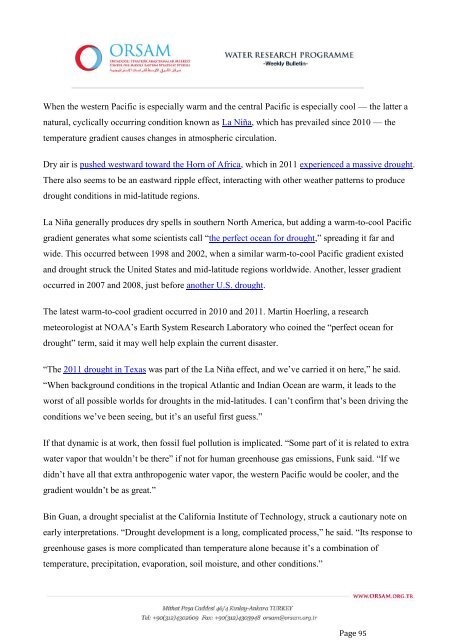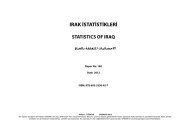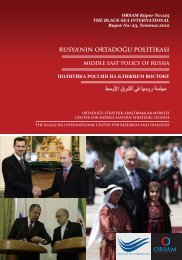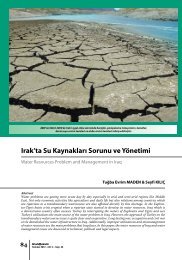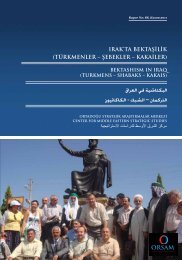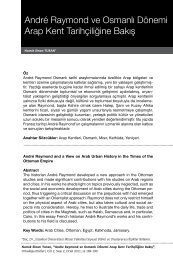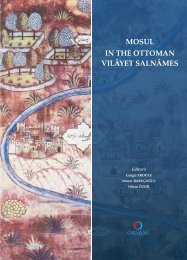30 July - 5 August 2012 - orsam
30 July - 5 August 2012 - orsam
30 July - 5 August 2012 - orsam
You also want an ePaper? Increase the reach of your titles
YUMPU automatically turns print PDFs into web optimized ePapers that Google loves.
When the western Pacific is especially warm and the central Pacific is especially cool — the latter a<br />
natural, cyclically occurring condition known as La Niña, which has prevailed since 2010 — the<br />
temperature gradient causes changes in atmospheric circulation.<br />
Dry air is pushed westward toward the Horn of Africa, which in 2011 experienced a massive drought.<br />
There also seems to be an eastward ripple effect, interacting with other weather patterns to produce<br />
drought conditions in mid-latitude regions.<br />
La Niña generally produces dry spells in southern North America, but adding a warm-to-cool Pacific<br />
gradient generates what some scientists call ―the perfect ocean for drought,‖ spreading it far and<br />
wide. This occurred between 1998 and 2002, when a similar warm-to-cool Pacific gradient existed<br />
and drought struck the United States and mid-latitude regions worldwide. Another, lesser gradient<br />
occurred in 2007 and 2008, just before another U.S. drought.<br />
The latest warm-to-cool gradient occurred in 2010 and 2011. Martin Hoerling, a research<br />
meteorologist at NOAA‘s Earth System Research Laboratory who coined the ―perfect ocean for<br />
drought‖ term, said it may well help explain the current disaster.<br />
―The 2011 drought in Texas was part of the La Niña effect, and we‘ve carried it on here,‖ he said.<br />
―When background conditions in the tropical Atlantic and Indian Ocean are warm, it leads to the<br />
worst of all possible worlds for droughts in the mid-latitudes. I can‘t confirm that‘s been driving the<br />
conditions we‘ve been seeing, but it‘s an useful first guess.‖<br />
If that dynamic is at work, then fossil fuel pollution is implicated. ―Some part of it is related to extra<br />
water vapor that wouldn‘t be there‖ if not for human greenhouse gas emissions, Funk said. ―If we<br />
didn‘t have all that extra anthropogenic water vapor, the western Pacific would be cooler, and the<br />
gradient wouldn‘t be as great.‖<br />
Bin Guan, a drought specialist at the California Institute of Technology, struck a cautionary note on<br />
early interpretations. ―Drought development is a long, complicated process,‖ he said. ―Its response to<br />
greenhouse gases is more complicated than temperature alone because it‘s a combination of<br />
temperature, precipitation, evaporation, soil moisture, and other conditions.‖<br />
Page 95


